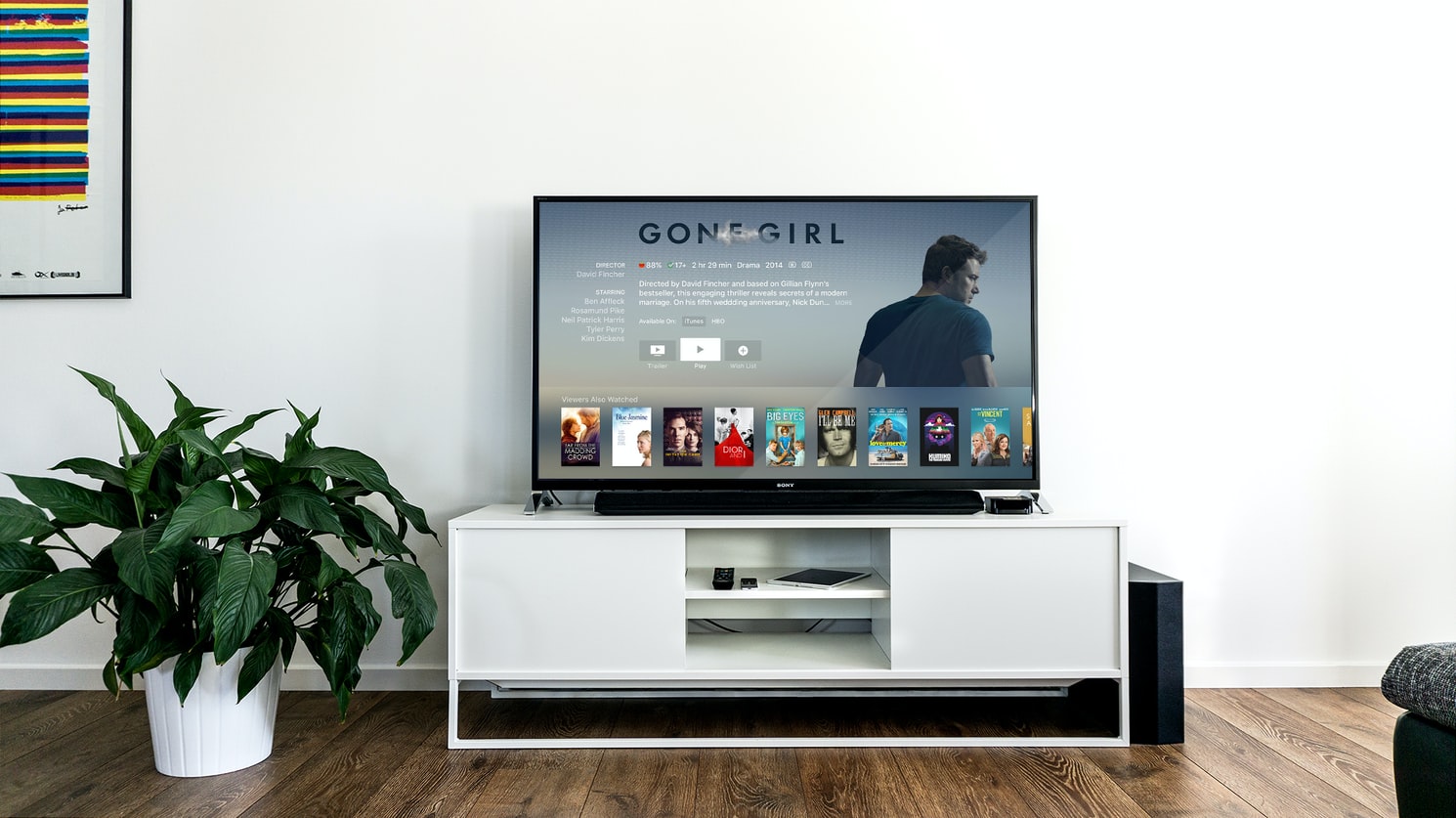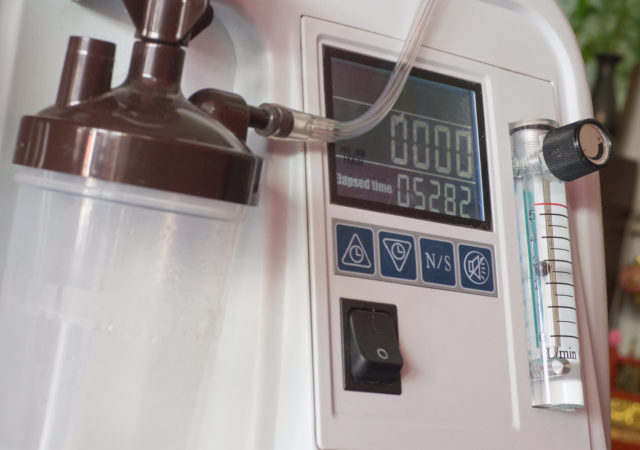Televisions have been a staple appliance found in almost all homes for decades now. Integrating the latest technological advancements, smart TVs today allow you to play video games, stream videos online, or connect your storage devices all on one device. With almost all models offering these features, truly, the age of the Smart TV has arrived.
Here are 5 things to look for when buying a smart TV:
Screen Resolution
Screen resolution is usually referred to in terms of the horizontal lines of pixels that a television can display. Although Full HD 1080p has been the standard for some time now, Ultra HD (4K) is quickly being adopted across the board by manufacturers and content providers alike. Offering four times the number of pixels that current HDTV screens can display, Ultra HD video tends to have more detail and sharper images. With it increasingly becoming standard, it would be a better choice for you to select a smart TV with an Ultra HD display that will last longer.
HDR
A recent feature of 4K Ultra HD displays is HDR, i.e. High Dynamic Range, offering more vibrant colors and increased contrast and brightness. Although the standard has not been fixed yet, some of the latest movies and shows on streaming services are available in HDR video and the format seems to be on its way to becoming the standard.
Refresh Rate
The refresh rate describes the number of times a picture is refreshed on the screen every second with 60 Hertz (Hz), i.e 60 times per second, being standard. To avoid blurry images in videos that have rapidly moving objects such as sports videos, make sure to select a model that has a refresh rate of at least 120 Hz.
HDMI and Connections
Having enough HDMI inputs is critical to make the most out of your smart TV. With speakers, a decoder, and a gaming console requiring three HDMI ports between them, make sure to select a television with at least four HDMI 2.0 ports available.
Contrast Ratio
A high contrast ratio provides better picture quality and can accurately display subtle shadows and hues. However, with different manufacturers measuring contrast ratios in different ways, it is best for you to personally test low-light scenes on the smart TV you are considering.








